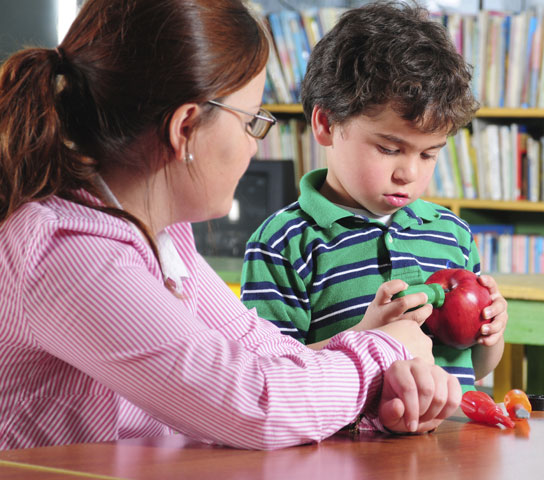The quantity of studies focused on early brain development has increased exponentially in the last 20 years.

For many years, parents and teachers of young children have been encouraged to provide stimulation for babies and infants. Indeed, an early common research finding was that young children who had spent their early years in institutions such as orphanages grew up to have significant intellectual challenges compared with those whose early years were in homes and in which they participated in a wide variety of activities. One of the many insights being shared with us from recent research is that different kinds of “stimulation” in the early years contribute to important brain development that has long-term implications.
It is now clear that one aspect of the interactions that young children can and should have with adults is what the specialists (e.g., developmental psychologists) refer to as continuous contingent interaction, the best example of which is a conversation. A conversation is defined as a sequence of statements and/or responses, such as nodding in agreement or disagreement by one participant to the response of another. For example, a common kind of event in a preschool class might be something like the following:
Teacher approaches child and says in a friendly and positive way: “Well, Jimmy, have you finished your painting now?”
Jimmy: No, not yet. I want to put more stuff in it.
Teacher: OK. What are some things you have thought about adding to it?
Jimmy: I want to put something on the road here.
Teacher: OK. … Are you thinking about putting a car there? Or a friend maybe?
Jimmy: I tried to put a bus on the road here, but it didn’t work.
Teacher: OK. Maybe a very small car would fit.
Jimmy: I was just thinking about what I saw this morning in front of our house.
Teacher: Okay … yes … tell me about what you saw in front of your house this morning.
The important element of episodes such as this is that they are sequences of continuous interactions, each element of which is related to the preceding one. Such episodes don’t have to be very long … perhaps about 10 elements. And they don’t have to be extremely frequent occurrences. But they should occur from time to time, as the situation warrants, so that every child becomes comfortable with continuous interactive chatting with others.
There is some indication in the recent neurological research on early development that contingent interactions provoke the neurological connections between the mid-brain (amygdala), where feelings and motives originate, and the frontal cortex, where analysis, thought anticipations, and theorizing occur. Furthermore, research indicates that neurological connections between these two parts of the brain need to be well on their way to development and competence by about age 6.
The implications of this growing body of neurological research suggests that parents and teachers of young children should take advantage of real situations in which exchanges of questions, thoughts, ideas, and suggestions can be included in daily conversations.
References
- Blair, C. (2002). School readiness: Integrating cognition and emotion in a neurobiological conceptualization of children’s functioning at school entry. American Psychologist, 57, 111–127.
- Griffin, J. A., McCardle, P., & Freund, L. S. (2016). Executive function in preschool-age children: Integrating measurement neurodevelopment, and translational research. Washington, DC: American Psychological Association.
- Maguire-Fong, M. J. (2015). Teaching and learning with infants and toddlers. New York, NY:Teachers College Press.


 Printer-friendly PDF
Printer-friendly PDF Lilian Katz
Lilian Katz
 PDF para imprimir
PDF para imprimir